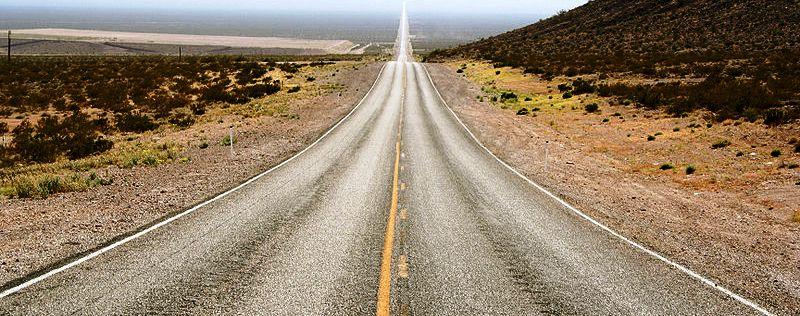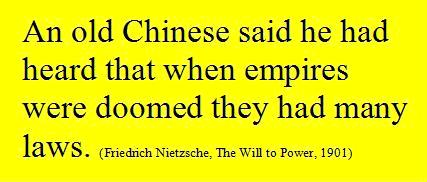The Earth’s climate is not random. It’s chaotic.
How shall we model it? Can we model it? So far, from our Earthly point of view, it has been impossible to determine the future effect of solar activity on the Earth’s climate. The Farmer’s Almanac has done a better job than Western climatologists.
We finally understand — most of us — that constructing an Earthly climate model that captures the holistic interaction of the myriad dependent variables is naturally daunting. Moreover, there is not enough computing power on the planet to resolve the model that contained all of factors even if we knew what they all were and how they effected each other.
But, we mostly ignore all of the problems when we make long-range climate change predictions. The mathematics of modeling what for us is a chaotic system is an earthbound mathematical challenge because we get a different answer for every starting point we deign to select because where you choose to start is a key element in where you will end up.
For example, let’s assume we have adequate data and actually know how all of the variables are related. And, let’s pretend we can predict the future effects of the sun and the moon and the energy from the cosmos on the Earth’s climate. Still we must choose some starting point to initialize our Earthly climate model.
Do we start our model from the last interglacial warm period? How about beginning with the end of the last ice age? Perhaps we should start a couple of ice ages back. How far back should we go back, a millennium or a thousand millenniums? And there is a problem: using the mathematics of chaos, our Earthly climate model will give us long-term predictions of the future that are different for every initial starting point we choose.
The problem with long-term climate prediction is that climate science is in its infancy. Some may believe we know more than we do and that is a problem too.
“ If we knew what it was we were doing, it would not be called research, would it? (Albert Einstein)























